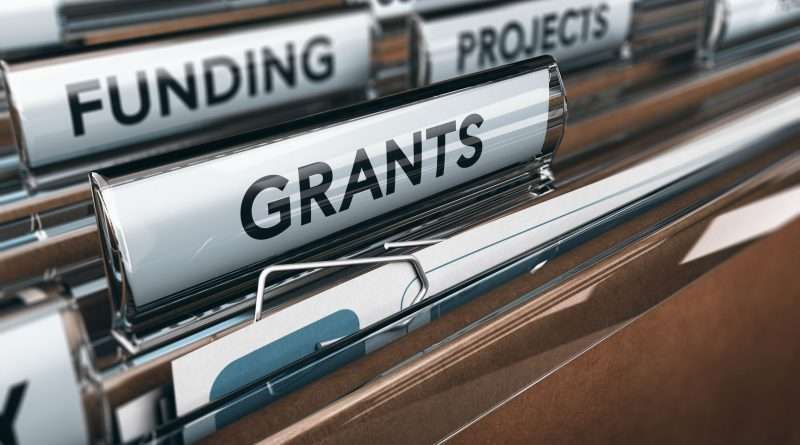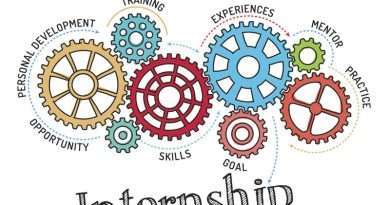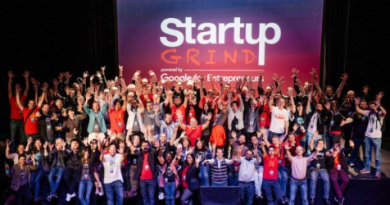How to apply for a grant and receive it
Are you or your organization eligible to apply for a grant and receive grant funding? This is a crucial question that many grant seekers often overlook to their own disadvantage. Submitting a grant application is not a matter of” try your luck”. it is a project that you must be intentional about and execute with the right mindset and preparedness
- Check your Eligibility
First and formost you must be eligible to get a grant. So begin your grant quest by checking the eligibility criteria set by the funders. Do you have what they are looking? Do you fit into their picture? if you do not fit it is an entire waste of your time and resources submitting an application. Every grant have a set of eligibility criteria.
Non-profit organizations will need to provide proof of their non-profit status, so make sure you have all the necessary documents ready for your application. Most foundations can only issue grants to organizations with non-profit status.
There are thousands of government grant opportunities and hundreds of thousands of grant-making foundations worldwide. Each has its own eligibility requirements, which you can discover during your grant research. Whether you’re a startup, a woman, belong to a specific industry, a student, a municipality, a business, or have specific courses, programs, or projects, there are grants available for you. From colleges and universities to renewable energy, STEM, and various regions like Africa, Europe, and Asia, there are grants tailored to different needs and demographics.
2. Decide on the Project
Sometimes it can be challenging to choose a single project to pursue grant funding for. You may already be applying for multiple grants to fund various programs and priorities. However, it is recommended to start by focusing on one or two programs or projects that require funding.
To help you with this process:
– Take a look at your budget and strategic/business plan to identify upcoming projects.
– Determine which programs are in need of grant funding, what they are for, and how much funding is required.
– Are you starting a new program or funding an existing one?
– Which programs are most crucial in addressing a significant problem?
– Which ones are ready to be initiated, expanded, or continued right now?
#3 Your Team
Grant writing is not a one-person job. It’s important to gather your team of supporters early on, before you start seeking grants. Especially if you are applying for as a business, a project or a group you should consider including your team members who may be Executive Director, Chief Financial Officer, Development Director, Marketing Staff, Program Staff, and any contractual grant professionals. grant providers feel more confident knowing that their funds will and the intended projects are not resting on the shoulders of one person. they try to avoid the key man risk or putting all of their eggs in one basket.
These individuals can provide you with the necessary data and critical budget figures when it’s time to write the grant application. While they may not always write the grant themselves, their feedback can be invaluable before you submit it to the funder. Most importantly, your team can help you plan out all the program details from beginning to end, making the grant writing process much easier for you or your contractor!
#4 Your Essential Documents
Although each grant application may have its own specific requirements, there are some common documents that you can gather ahead of a grant deadline.
These documents may include:
– proof of registration, nonprofit status, etc
– Board of Directors List
– Tax Returns
– Audited Financial Statements or an Audit Review (if available)
– Operating Budget (for the current fiscal year)
– Year-end Financial Statement or Budget to Actuals (comparing actual budget figures to projected budget for the year)
In addition, you may want to gather the following materials, as some funders may require them:
– Annual Reports
– Strategic Plan
– Organization Chart
– Letters of Support
– Staff Resumes and/or Bios of Key Personnel
– Memorandum of Understanding
– Vendor Quotes
Having these essential documents ready in advance can help streamline the grant application process.
4. The Right funders
Choosing the right grant opportunities for your organization and program is crucial. One important factor to consider is whether the funder’s mission aligns with yours. It could be a broad mission like improving the quality of life for seniors or a specific one like providing track scholarships for underprivileged high school kids. Do your research or seek help from a grant professional to avoid wasting time on funders who are unlikely to award you grants.
For government grants, their website is the best and most reliable source for opportunities. However, finding foundation and corporate grants can be a bit more challenging. There are several databases available, some free and some not, that can help you start your search.
Remember to reach out to the funder after conducting your research. Introduce your organization and let them know about your intention to apply for a grant.
5. Federal and State Government grants
Federal and State Government Grants can be a bit more time-consuming to apply for compared to foundation grants, but the potential revenue they can bring in is much higher. Before you can apply for these grants, whether they are from the federal or state government, there are a few important registrations you need to complete if you haven’t already. Keep in mind that while it may not take you much time to submit these registrations, it could take some time before you receive confirmation from the government agency, so be prepared for a possible wait of days, weeks, or even months.
6. Project planning
Once you have identified the perfect funders and your program, it’s time to start developing the grant proposal. But before you dive into writing, it’s important to do some planning work.
Gather your team and ask yourselves a few key questions. Is this a new program or an existing one? Both options are fine. Who will benefit from your program? Identify your specific target audience, such as veterans in low-income rural communities or Native American youth with high school dropout rates.
Next, think about the impact your program will have on your target audience once you secure the funding. How will their lives improve because of your work? This is where you start developing your program outcomes, which is exactly what funders are looking to support.
By answering these questions and doing the necessary planning, writing the grant proposal will become much easier. So take the time to plan and strategize before diving into the proposal.





